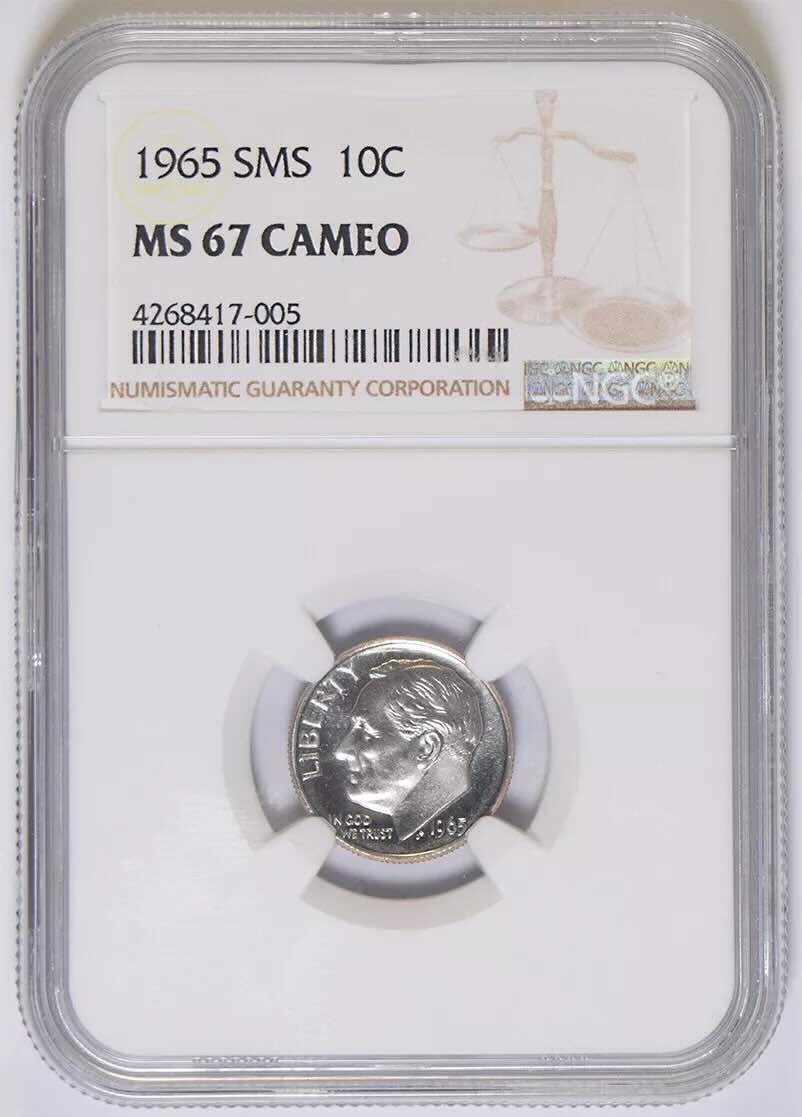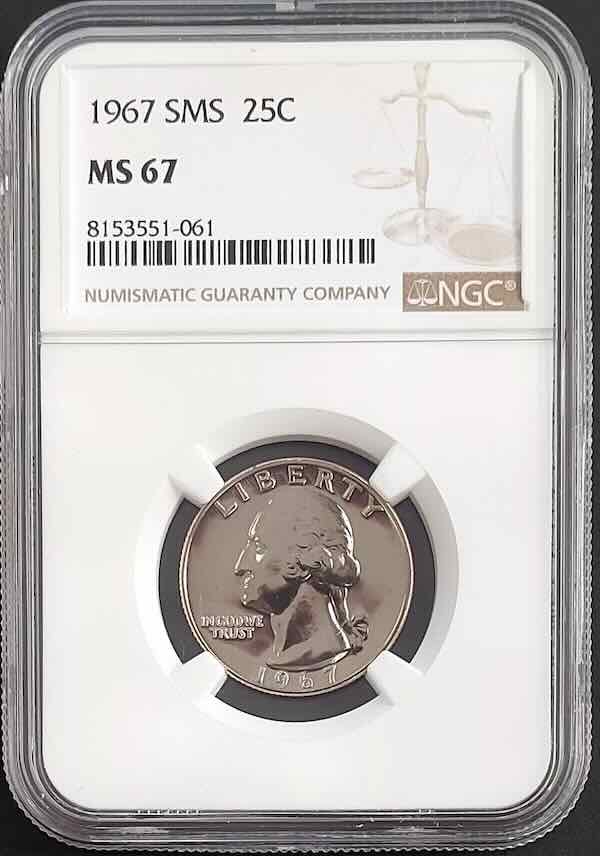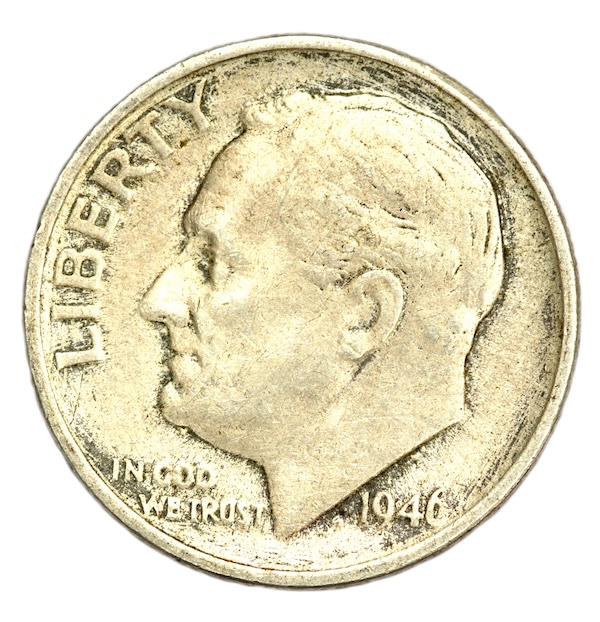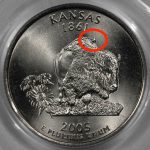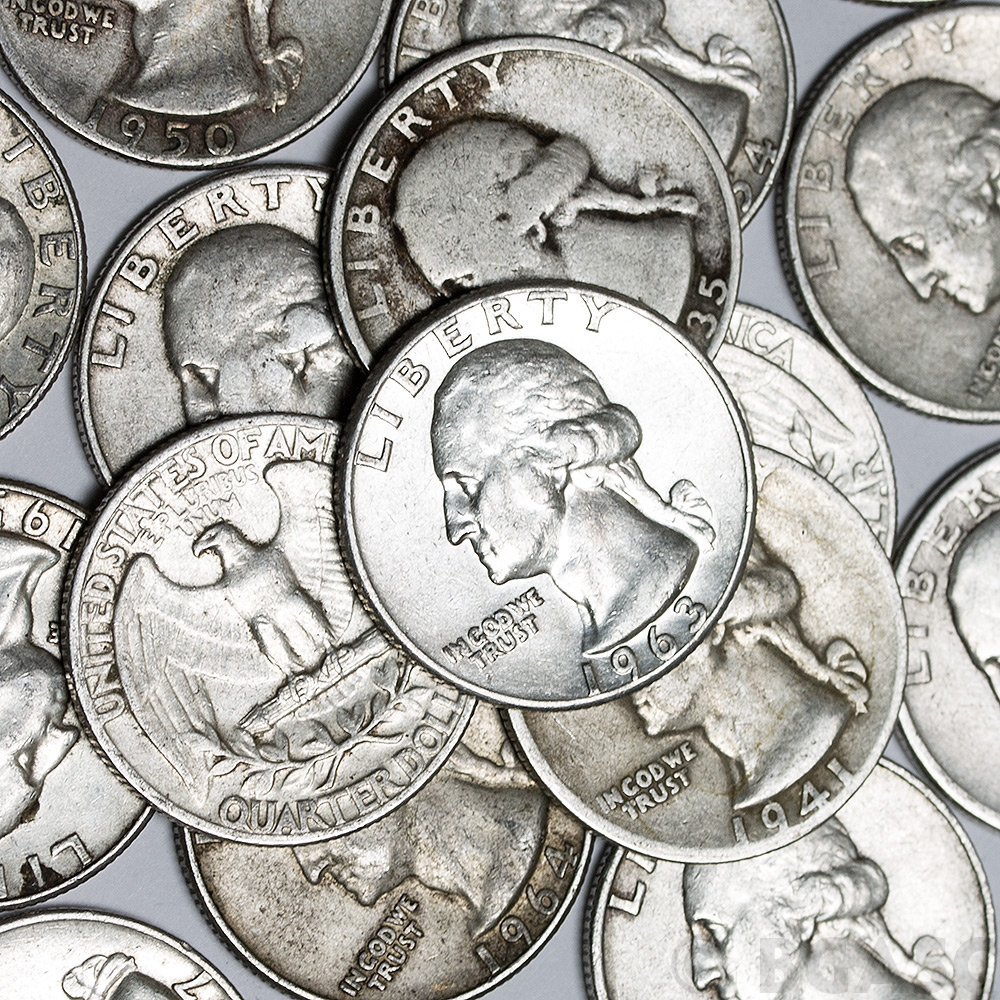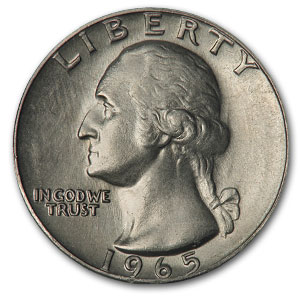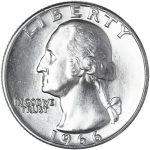The 1965 Roosevelt dime is more than just a transitional coin in U.S. coinage—it’s also a hidden gem for collectors and error hunters. While most of these copper-nickel dimes still circulate with little fanfare, some carry much more value depending on their condition, origin, or minting errors. Let’s break down why the 1965 dime matters, which versions are worth more than face value, and how to spot a rare specimen.
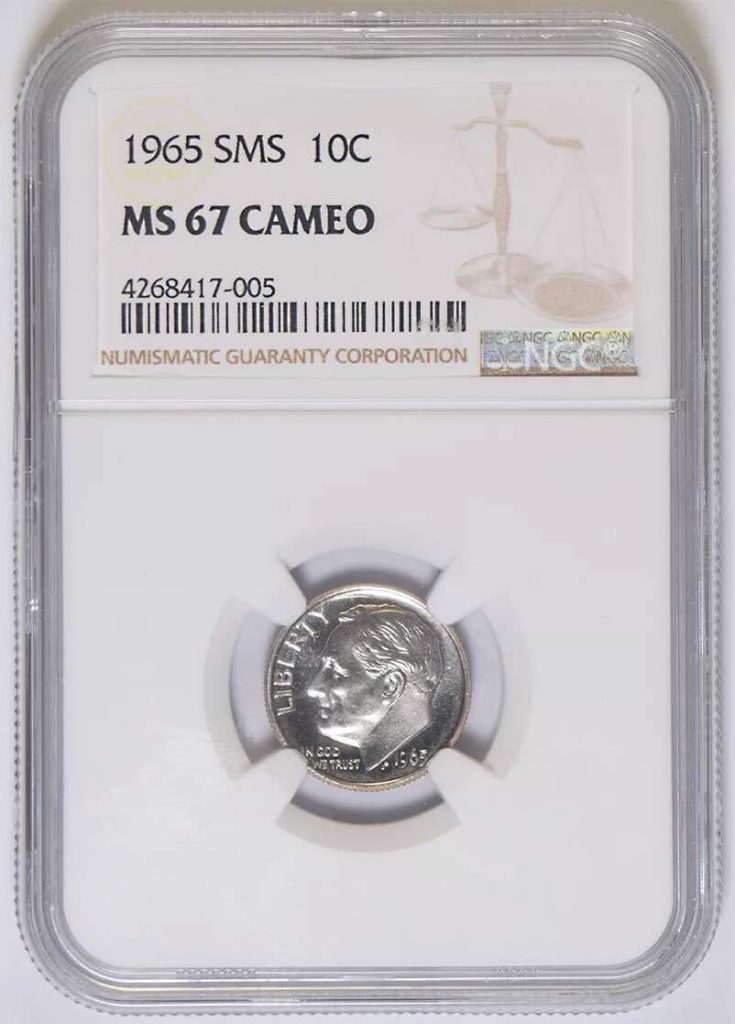
Key Summary
- 1965 dimes were the first non-silver Roosevelt dimes.
- There are no mint marks on 1965 dimes, even though they were struck in Philadelphia.
- Special Mint Set (SMS) coins, error coins, and high-grade examples are worth well above face value.
Transitional Background: The End of Silver
Like the 1965 quarter, the Roosevelt dime underwent a major change due to the Coinage Act of 1965. Prior to this year, dimes were composed of 90% silver and 10% copper. But the rising price of silver made it unsustainable to continue minting coins with precious metal content.
Starting in 1965, the U.S. Mint began producing dimes using a copper-nickel clad composition (75% copper and 25% nickel) layered over a pure copper core. The weight was set at 2.27 grams, and the edge remained reeded.
Despite the change in composition, the design remained unchanged, still featuring President Franklin D. Roosevelt on the obverse and a torch flanked by olive and oak branches on the reverse.
Mint Marks and No-Mint Confusion
All 1965 dimes lack a mint mark, as the Mint temporarily removed mint marks from all coins between 1965 and 1967 to discourage hoarding and simplify production. As a result, even dimes struck in Denver or San Francisco bear no identifying mark. This makes pinpointing specific mintage locations more difficult but adds intrigue for collectors.
1965 Dime Value Chart
| Grade | Value Range |
|---|---|
| XF (Extremely Fine) | $0.10 (face value) |
| MS63 | $1–$2 |
| MS65 | $5–$10 |
| MS67+ | $50–$150+ |
| SMS Cameo/Deep Cameo | $10–$300+ |
| 90% Silver Planchet | $7,000-$12,600+ |
Valuable 1965 Dime Errors
Even with over 1.6 billion minted, a handful of 1965 dimes stand out due to rare errors:
- 1965 Silver Dime Error: Some leftover 90% silver planchets from 1964 were mistakenly used in 1965, resulting in silver composition dimes dated 1965. These weigh around 2.50 grams rather than 2.27 grams and do not have the copper-colored edge. These can sell for hundreds to thousands depending on grade. In 2024, a 1965 Roosevelt Silver Dime was sold at auction for $12,600.
- Off-Center Strikes: Dimes struck off-center—especially those missing 50% or more of the design—can fetch between $15 and $100+.
- Clipped Planchet Errors: When the metal strip is punched incorrectly, resulting in dimes missing a portion of the edge, values can range from $10 to $75+.
- Doubled Die Errors: Though less common for 1965 dimes, keep an eye out for any noticeable doubling, especially in inscriptions like “IN GOD WE TRUST” or the date.
1965 10C Roosevelt Dime Struck on a 90% Silver Planchet
One of the most significant error varieties from 1965 is the Roosevelt dime struck on a leftover 90% silver planchet. These transitional errors occurred as the Mint struck 1964 silver dimes and 1965 copper-nickel-clad dimes. While the intention was to phase out silver completely, some 90% silver planchets made it into the presses bearing the 1965 date.
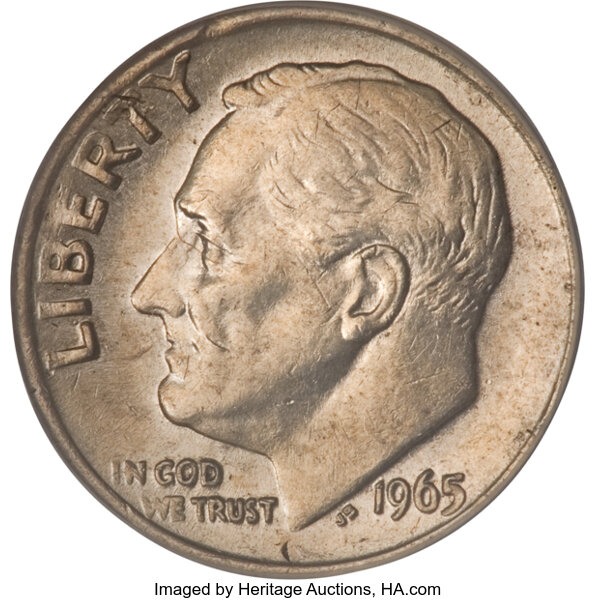
A known example weighs 2.51 grams—more than the standard clad dime—and was briefly circulated before being pulled due to its unusual appearance.
This rare error is often compared to the famous 1943 bronze cent or the 1944 steel cent—both iconic transitional planchet mistakes. These silver 1965 dimes are highly collectible and command a premium on the market, often reaching into the thousands of dollars when authenticated and graded.
1965 Special Mint Set (SMS) Dimes
In place of proof sets during 1965–1967, the U.S. Mint issued Special Mint Sets (SMS). These dimes have a satin-like finish—sharper and more lustrous than regular strikes but not quite proof quality.
These SMS coins were struck with greater care and are typically in much better condition than standard circulation dimes. Some SMS coins exhibit cameo or deep cameo contrast, where the devices (raised parts) appear frosted and the fields are mirror-like. These coins are notably more desirable and can command higher premiums depending on condition and contrast.
How to Identify a Valuable 1965 Dime
If you’ve got a 1965 dime, here’s what to look for:
- No copper edge: Weigh it. If it’s 2.50g instead of 2.27g, it could be a silver transitional error.
- SMS Finish: Look for satin surfaces and stronger-than-average strikes. If you find cameo contrast, it may be worth grading.
- Error features: Off-center strikes, missing edges, or visible doubling are signs to investigate further.
- Mint State condition: Coins graded MS67 or higher are extremely scarce and valuable.
Final Thoughts
The 1965 dime may seem common, but it holds unexpected value for collectors who know what to look for. From silver planchet errors to premium-quality SMS dimes, there’s plenty of upside hiding in this overlooked clad coin. Whether you’re checking pocket change or sorting through inherited collections, keep an eye out—your next valuable find could be a dime a dozen.
FindBullionPrices.com can help you compare online dealer prices for Roosevelt silver dimes:
